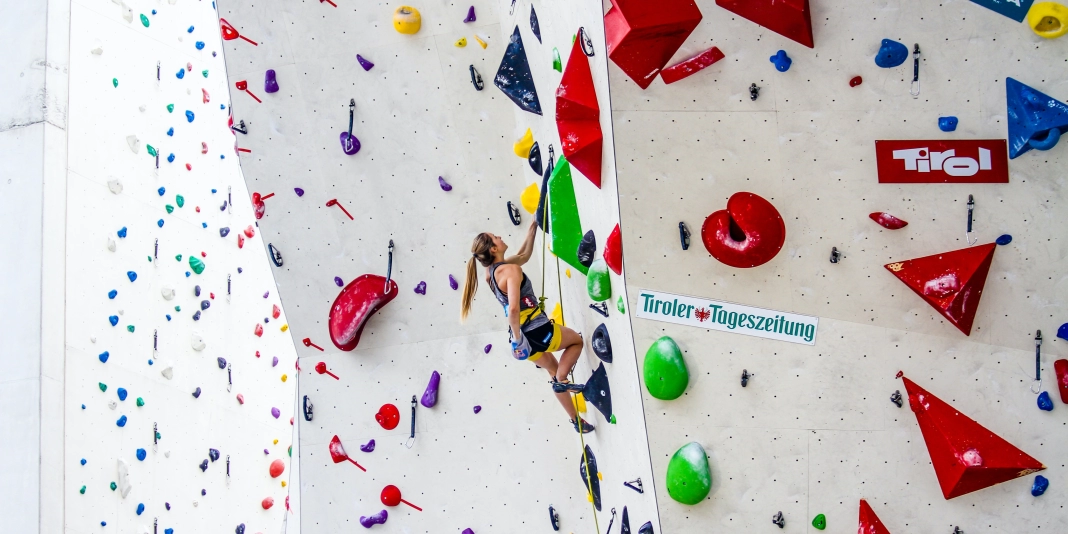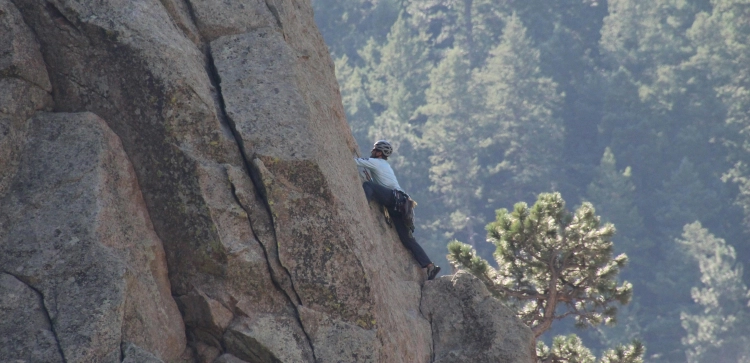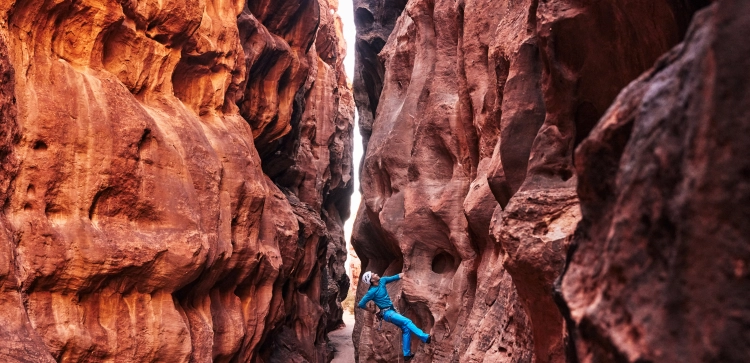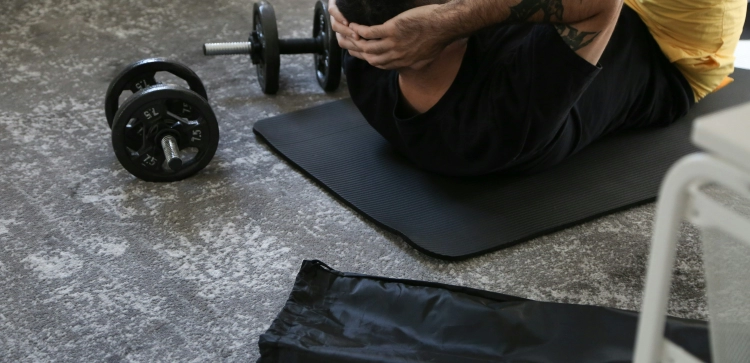Navigating Climbing Competitions: A Comprehensive Begginers Guide To Success

Climbing competitions offer a unique and exhilarating platform for climbers to showcase their skills, compete against peers, and push their limits. Navigating the intricacies of climbing competitions requires a combination of physical prowess, strategic planning, and mental fortitude. In this comprehensive guide, we'll explore the key aspects of climbing competitions, from preparation and strategy to the actual competition day.
Understanding Climbing Competitions
Types of Climbing Competitions
-
Bouldering Competitions: In bouldering, climbers attempt a series of short, challenging routes, known as "problems," without the use of ropes. Points are awarded based on successful completion of each problem.
-
Lead Climbing Competitions: Lead climbing involves ascending longer routes with the protection of a rope. Climbers aim to reach as high as possible on the route within a specified time, earning points for each hold they successfully use.
-
Speed Climbing Competitions: Speed climbing involves racing to the top of a standardized route as quickly as possible. This discipline emphasizes both agility and speed.
Scoring Systems
Climbing competitions use various scoring systems depending on the format. Common scoring systems include:
-
Zone Scoring: Points are awarded for reaching specific holds or zones on a route.
-
Top Scoring: Climbers earn points for reaching the top of a route or achieving the highest hold.
-
Combined Scoring: In multi-discipline competitions, climbers accumulate points across bouldering, lead, and speed climbing.
Preparing for Climbing Competitions
Physical Preparation
-
Training Plan: Develop a well-rounded training plan that addresses strength, endurance, and technique. Include specific exercises for each discipline—bouldering, lead climbing, and speed climbing.
-
Endurance Training: Focus on building climbing endurance for lead climbing competitions. Incorporate routes with sustained difficulty and practice managing fatigue.
-
Speed Drills: For speed climbing competitions, integrate speed drills to improve agility and quick decision-making. Practice efficient movements on standardized speed routes.
Mental Preparation
-
Visualization: Visualize yourself navigating competition routes successfully. Mental imagery helps build confidence and prepares your mind for the challenges ahead.
-
Coping Strategies: Develop coping strategies for stress and pressure. Techniques such as controlled breathing and positive affirmations can help manage competition-related stress.
Strategies for Climbing Competitions
Route Reading
-
Previewing Routes: Take advantage of preview time to analyze competition routes. Identify key holds, potential cruxes, and plan your sequence for each discipline.
-
Adapting Quickly: Learn to adapt quickly if route conditions differ from your initial analysis. Flexibility in your approach is crucial for success in dynamic competition settings.
Competition Day Execution
-
Warm-up Routine: Establish a thorough warm-up routine to prepare your body for the specific demands of climbing. Include dynamic stretching, bouldering, and route-specific drills.
-
Time Management: Manage your time effectively during each discipline. Understand the time constraints for bouldering, lead climbing, and speed climbing segments.
-
Rest Between Attempts: Strategically allocate rest time between attempts. Allow sufficient recovery without sacrificing momentum, especially in bouldering and lead climbing where multiple attempts may be necessary.
Post-Competition Analysis
-
Review Performance: After each competition, review your performance objectively. Analyze strengths and weaknesses in each discipline to inform your future training focus.
-
Set Goals for Improvement: Based on your performance analysis, set specific goals for improvement. Adjust your training plan to address areas that need development.
Frequently Asked Questions
What is the purpose of preview time in climbing competitions?
Preview time allows competitors to visually inspect and strategize for each route before attempting it. It's a crucial period for route reading and planning.
How are climbers secured in lead climbing competitions?
Climbers in lead climbing competitions are secured by a dynamic rope attached to a harness. They clip into quickdraws secured to fixed anchors on the route as they ascend.
What are "zones" in bouldering competitions?
Zones in bouldering competitions refer to specific holds or marked areas on a bouldering problem. Climbers earn points for reaching these zones, even if they don't complete the entire problem.
Are there age categories in climbing competitions?
Yes, climbing competitions often have age categories to ensure fair competition. Participants are grouped based on their age, allowing climbers of similar age ranges to compete against each other.
How can climbers improve their speed in speed climbing competitions?
Speed in speed climbing competitions requires efficient movements and quick decision-making. Practicing specific speed routes and drills, along with refining technique, contributes to improved speed.















